Short Film Textual Analysis
- pimm pramoj
- Aug 26, 2020
- 8 min read
Updated: Sep 8, 2020
LADY BIRD (2017)
· Genre/hybrid genre: Which genre or hybrid genre does the film belong to? How do you know? Which genre conventions are followed?
Ladybird is a coming of age drama film. It follows a teenage girl through her high school journey and how she faces many problems during her senior year. It follows the conventions of the coming of age drama perfectly. This includes setting, characters, iconography, sound and narrative. · Mise en scene: How have setting, costume, props, non-verbal communication, lighting and colour been used? Are they typical for the genre?
In terms of settings, the typical setting conventions for this genre are; high school, teenager's bedroom, transportation and isolated suburban areas. In the film Ladybird, most of the scenes are set in the protagonist's school. However, in the particular scene, it is set in her mother's car whom is driving in an isolated area, which further emphasises the settings for the coming of age genre. As the film is set in the early 2000's, the colour and costumes are very complimentary, which is typical for the fashion styles in 2002.
· Narrative: How is the story told? Is it chronological (linear) or presented in a fragmented, (non-linear) order? Why? Is a disruption introduced, with a resolution at the end of the film?
In this film, the story is told in chronological order. This is to show the protagonist's progress and her character development through her senior year in high school.
· Characters: How are characters represented? Do the representations follow genre conventions? Are representations stereotypical in terms of age, gender, etc?

In most coming of age films, there are usually 3 - 4 types of characters; the outcast, who is usually the one who undergoes a transformation throughout the film; the "problem" teenager, they go through a rebellious phase but also undergoes a transformation; the "dumb blonde", providing comedic relief in the film; the controlling parent, who initially stir up the conflict. In Lady Bird, 3 out of these 4 characters appear. In addition, almost all of them are teenagers. In terms of age and gender, I think that the characters of this film are stereotypical, as they help to emphasise the coming of age genre.
· Music and other sound effects: What effect do they create?
In this scene, it is mostly diegetic sounds and a lot of dialogue. This creates the effect of an ongoing or emerging conflict within the film. It creates the effect of the protagonist's personal development and how she is communicating in order to find her true self. The upbeat music at the end of the scene represents the idea of the protagonist rebelling against her mother and not regretting her actions. By not adding non diegetic sounds, it creates a sense of realism for the audience, as if they are a part of the conversation. · Camerawork: Shot size/ camera movement/ camera angle – what effect do they create?
In the beginning of the car scene in 'Lady Bird', an establishing shot is used to inform the audience of their location. The empty road and countryside view depicts the conventions of the coming of age genre. However, in the car, a series of medium close ups and close ups are used. This creates the effect of isolation, where the conflict is between the mother and her daughter. The use of limited shot types creates the effect of a long road trip back home.
· Editing & post production: Are fast cuts or long takes used? Are transitions used? Are any digital effects used? What is the effect?
The switch between the close up of the mother's face and the protagonist's face, as well as the jump cuts, increases in pace as the scene goes on. This creates the effect of a heated argument between the two characters.
· Pace: How is the film paced? Does the pace change? Why?
As mentioned earlier, the pace of the editing and dialogue in this scene increases, as the protagonist and her mother argue with each other. This is to represent the conflict between them.
LOCKER ROOM by Greta Nash
· Genre/hybrid genre: Which genre or hybrid genre does the film belong to? How do you know? Which genre conventions are followed? Similar to 'Lady Bird', 'Locker Room' is also a coming of age short film. It follows the typical conventions of this genre; featuring a group of teenagers in a school environment. It also shows the development of the protagonist throughout the film, as she becomes distant to the boys and more independent.
· Mise en scene: How have setting, costume, props, non-verbal communication, lighting and colour been used? Are they typical for the genre?
In a typical coming of age film, they are usually set in a high school, a teenager's bedroom, some form of transportation and/or an isolated suburban area. In this short film, we see that It starts of in a high school, then they arrive at a house in a suburban area and finally in a teenager's bedroom. This clearly follows the typical setting conventions for the genre. Throughout the film, natural lighting is used, which represents the rawness of a teenager's life through high school.
· Narrative: How is the story told? Is it chronological (linear) or presented in a fragmented, (non-linear) order? Why? Is a disruption introduced, with a resolution at the end of the film?
Like 'Lady Bird', the film is presented in chronological order, which represents the character's and progress through high school and the development between her and her friends. In my opinion, presenting films in chronological order is typical for this particular genre.
· Characters: How are characters represented? Do the representations follow genre conventions? Are representations stereotypical in terms of age, gender, etc?
In most coming of age films, there are usually 3 - 4 types of characters; the outcast, who is usually the one who undergoes a transformation throughout the film; the "problem" teenager, they go through a rebellious phase but also undergoes a transformation; the "dumb blonde", providing comedic relief in the film; the controlling parent, who initially stir up the conflict. In 'Locker Room', it is evident that the protagonist is the "problem" teenager, as she finds it difficult to fit into her group of all guy friends. The age group between the characters would be stereotypical for this film, as they are all still in high school together.
· Music and other sound effects: What effect do they create?
At the start of the film, upbeat music is used. This implies a normal high school girl life, where she is happy and feels good about herself. However, towards the end, Nash switches to a more sombre score. This creates the effect of a downfall for the protagonist, where she questions her friendship and struggles to find herself. · Camerawork: Shot size/ camera movement/ camera angle – what effect do they create?
Throughout the film, a range of medium shots and long shots are used. The use of medium shots help to send across the protagonist's emotions to the audience. It is also used to pick up small movements or gestures the characters may develop throughout the film. In addition, POV shots are used to put the audience into the character's shoes. By using long shots, it allows the audience to acknowledge each character's location, carrying through the coming of age genre.
· Editing & post production: Are fast cuts or long takes used? Are transitions used? Are any digital effects used? What is the effect?
In the film, multiple voiceovers are used this gives the effect of being in the protagonist's mind and thoughts. In addition, jump cuts are used to show the development of the character.
· Pace: How is the film paced? Does the pace change? Why?
Toward the end of the film, the pace increases, as there is conflict between the boys and the protagonist. However, when the protagonist finds the video on the boys' computer, the pace slows to show the downfall of the friendship, as well as implying sadness and heartbreak.
FIFTEEN by Louisa Baldwin
· Genre/hybrid genre: Which genre or hybrid genre does the film belong to? How do you know? Which genre conventions are followed? 'Fifteen' by Louisa Baldwin is a coming of age short film. It features two 15 year old teenagers in a high school environment; following the conventions of the coming of age genre.
· Mise en scene: How have setting, costume, props, non-verbal communication, lighting and colour been used? Are they typical for the genre?
In a typical coming of age film, they are usually set in a high school, a teenager's bedroom, some form of transportation and/or an isolated suburban area. In this short film, we see a lot of the scenes filmed in the character's house or bedroom. In addition, the choice of costume makes it clear to the audience that they are young teenagers. These mise en scene conventions are typical for this genre, depicting the juvenile characters.
· Narrative: How is the story told? Is it chronological (linear) or presented in a fragmented, (non-linear) order? Why? Is a disruption introduced, with a resolution at the end of the film?
Alike both of the films above, 'Fifteen' is also presented chronologically. This is to show the development of the relationship between the two characters.
· Characters: How are characters represented? Do the representations follow genre conventions? Are representations stereotypical in terms of age, gender, etc?
In most coming of age films, there are usually 3 - 4 types of characters; the outcast, who is usually the one who undergoes a transformation throughout the film; the "problem" teenager, they go through a rebellious phase but also undergoes a transformation; the "dumb blonde", providing comedic relief in the film; the controlling parent, who initially stir up the conflict. In 'Fifteen' it features two teenage LGBTQ girls who eventually fall in love. In my opinion, the age and genders are stereotypical to this genre, emphasising coming of age.
· Music and other sound effects: What effect do they create?
At the start the film, the music used is slow and quiet, as the protagonist explains the two characters at the age of 15. However, the music crescendos and becomes more upbeat. This implied the joy and fun in her life as she has fallen in love. Toward the end, the music slows back down and becomes more sombre. This represents sadness and grief, as the two grow apart. · Camerawork: Shot size/ camera movement/ camera angle – what effect do they create?
Throughout the film, a range of medium shots and long shots are used. The use of medium shots help to send across the protagonist's emotions to the audience. It is also used to pick up small movements or gestures the characters may develop throughout the film. By using long shots, it allows the audience to acknowledge each character's location, carrying through the coming of age genre.
· Editing & post production: Are fast cuts or long takes used? Are transitions used? Are any digital effects used? What is the effect?
In the film, voiceovers are used, giving the effect of being in the protagonist's mind and thoughts. In addition, jump cuts are used to show the development of the character.
· Pace: How is the film paced? Does the pace change? Why?
At the start of the film, the pace is slow. This implies that the protagonist is lost and has not figured out what she wants. However, toward the end of the film, the pace increases, as the protagonist plays back all the memories she has made with her girlfriend. This shows that she has found who she is, increasing her confidence and emphasising coming of age.


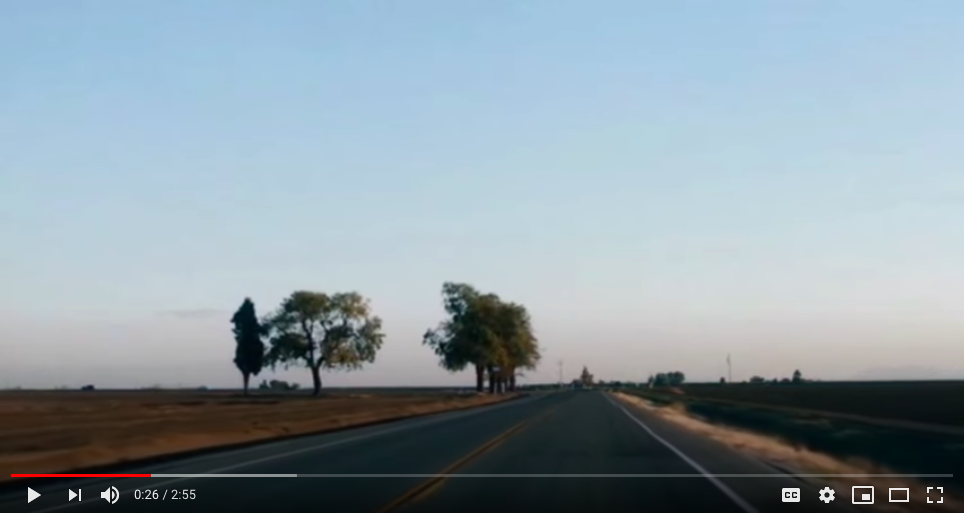

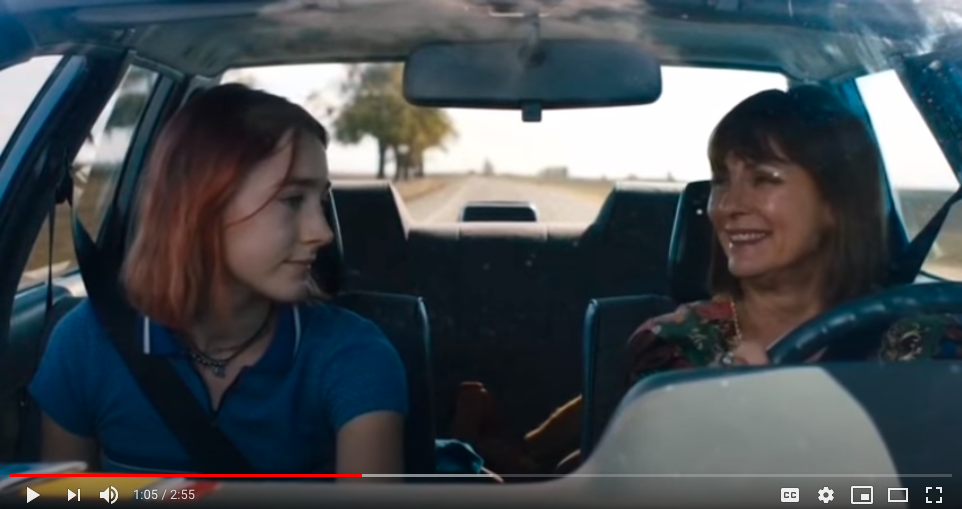

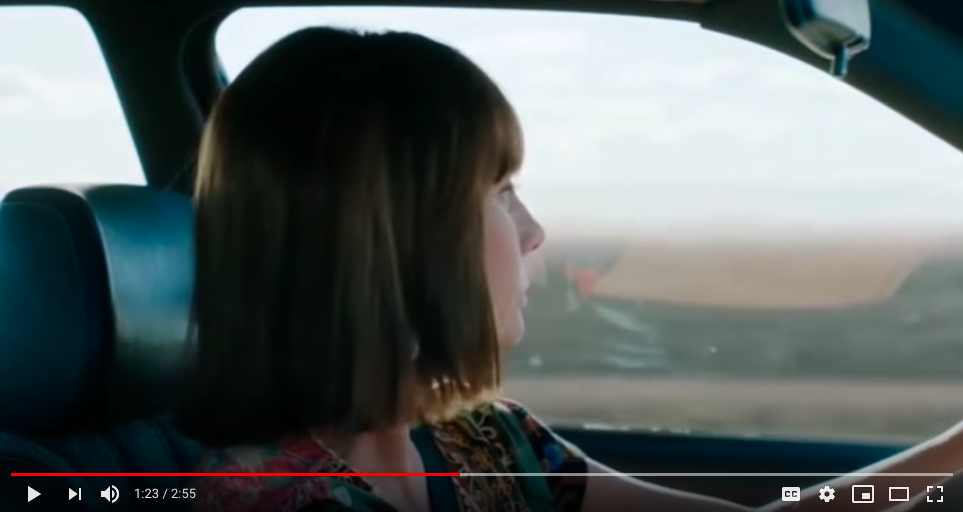

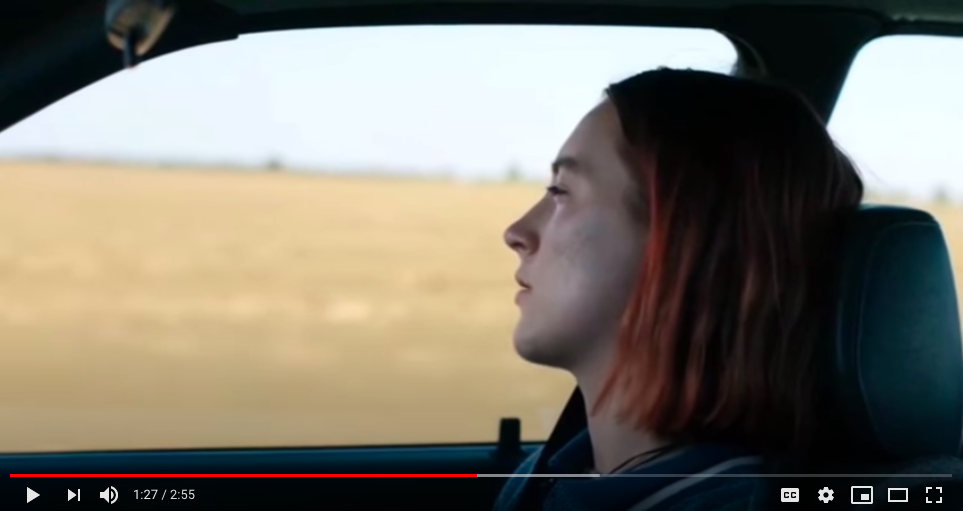



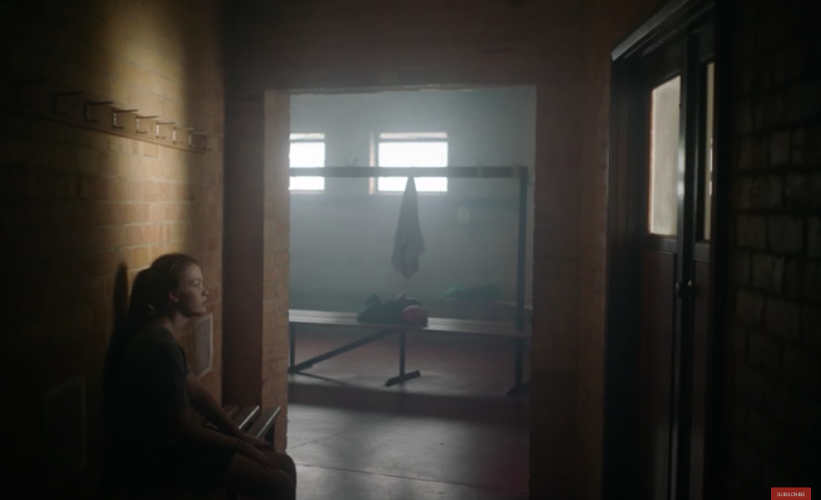







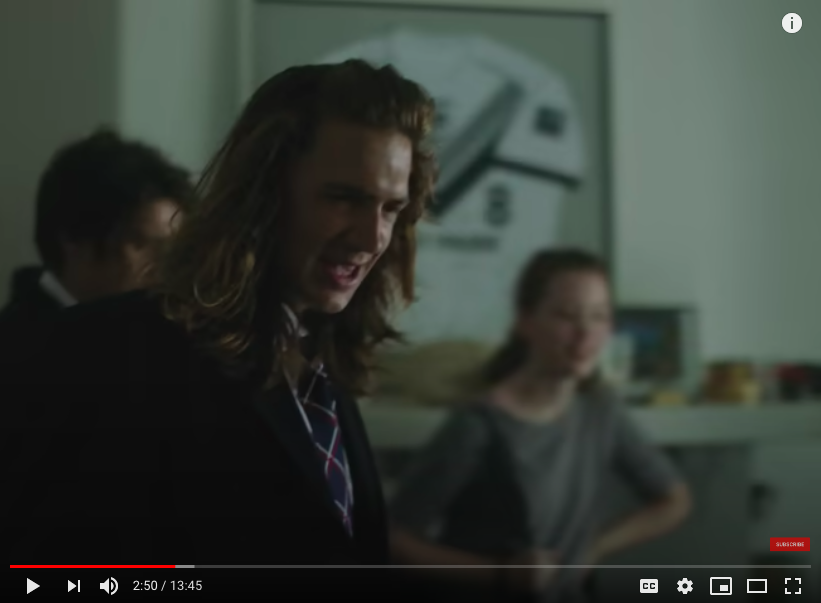

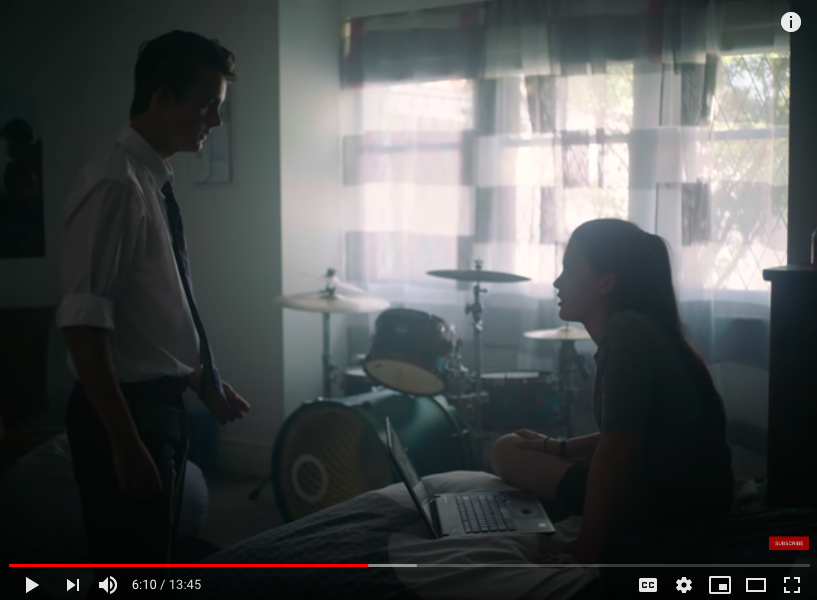

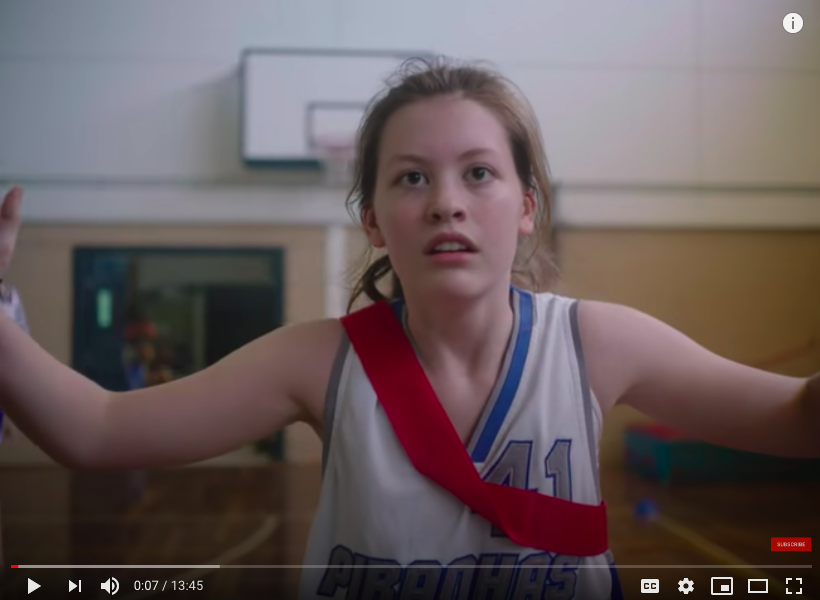

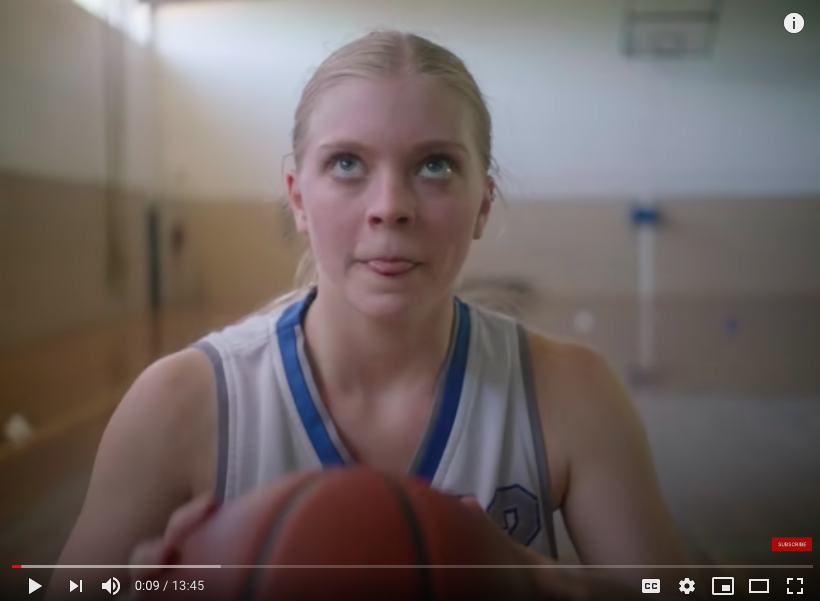

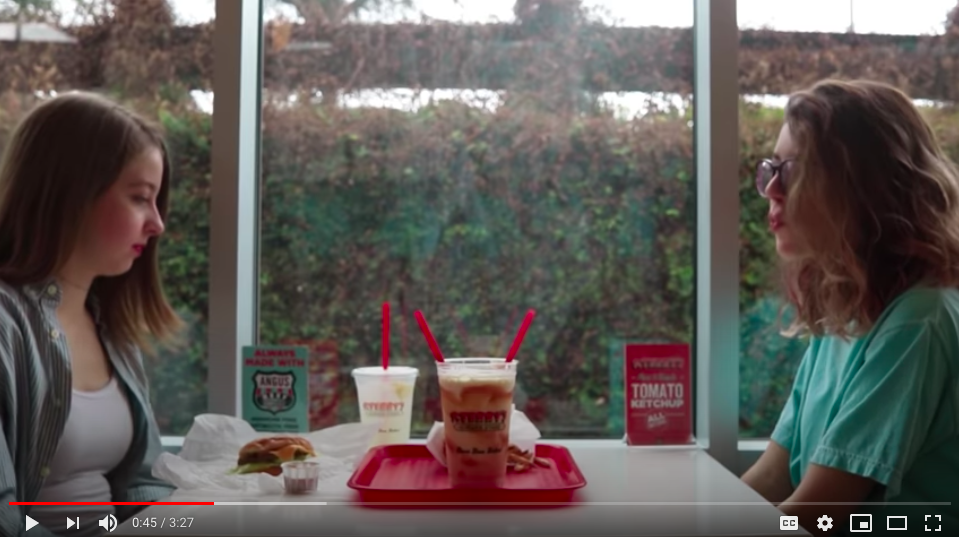

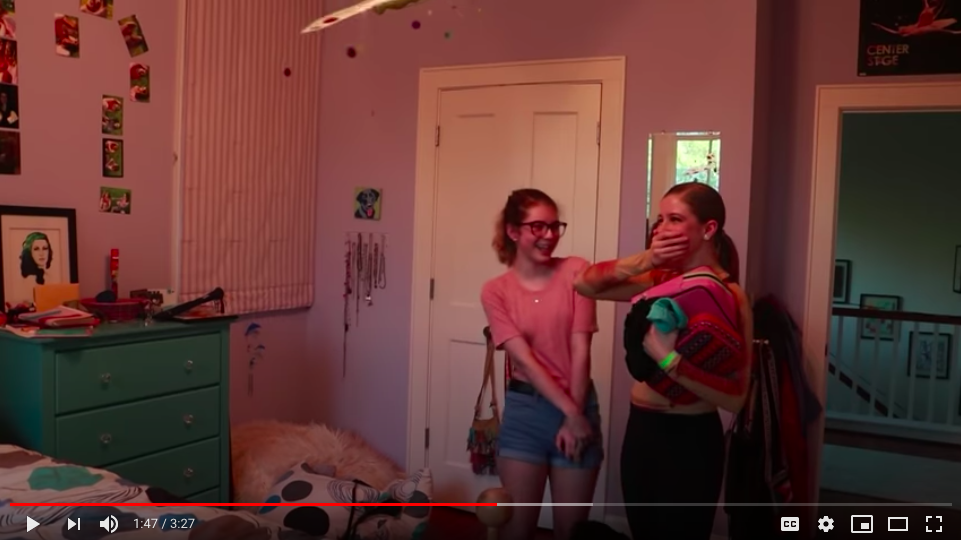

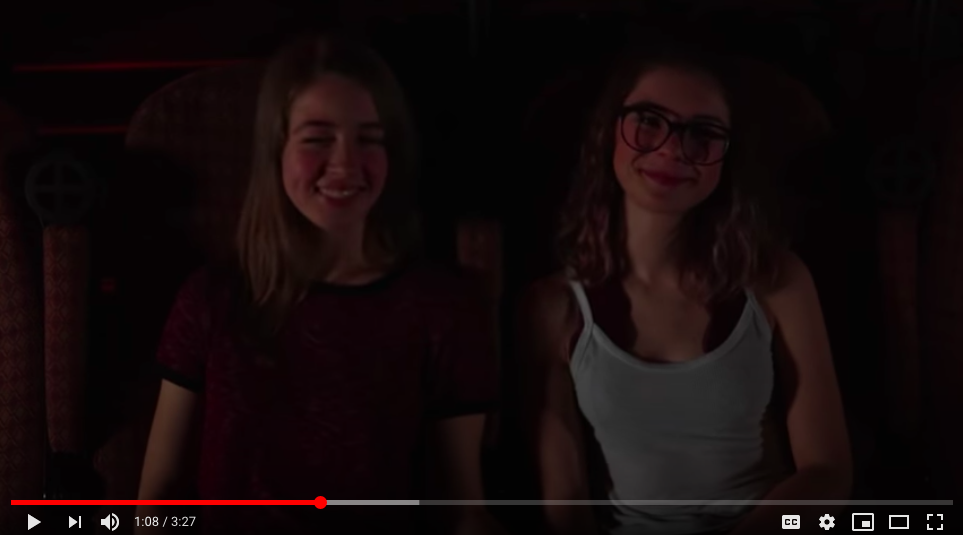

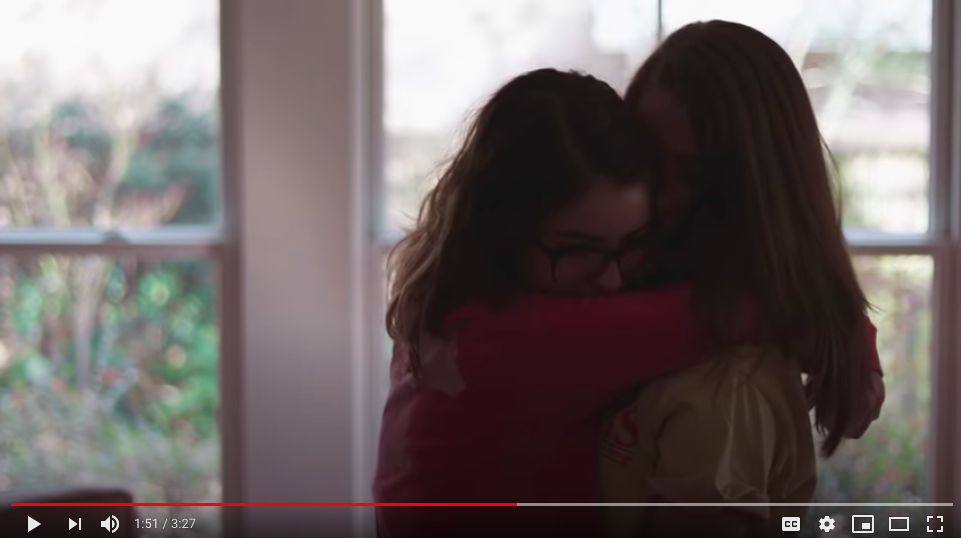








Comments